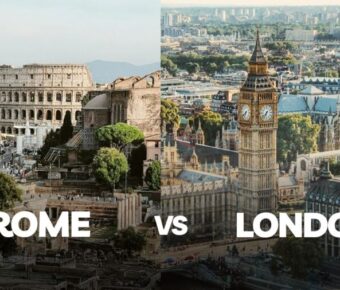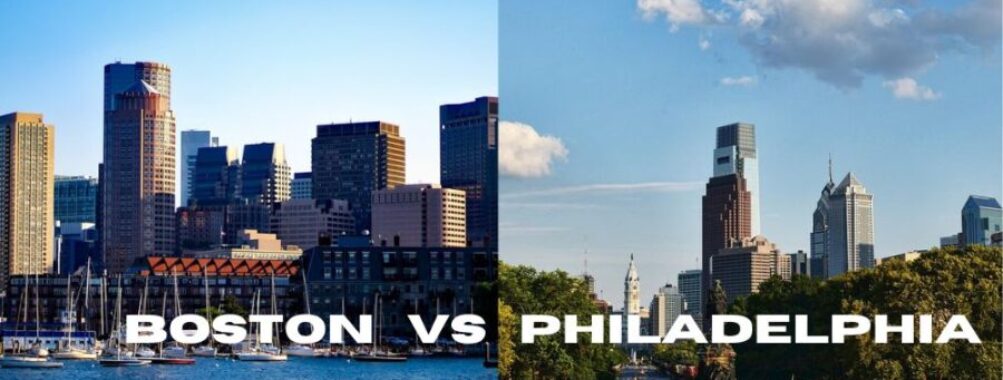
Boston vs Philadelphia: Which Historic East Coast City Offers Better Cultural Experiences in 2025
Boston and Philadelphia are two of America’s most historic cities. Each played a crucial role in shaping the nation’s identity. These East Coast giants offer different experiences for travelers seeking to explore American heritage.
Most visitors spend 3-5 days in Boston compared to 2-3 days in Philadelphia. This is due to Boston’s larger number of attractions and family-friendly activities. The two cities share deep colonial roots, yet each maintains its own distinct personality in the modern era.
Both cities pack centuries of history into walkable downtown areas. Boston charms visitors with its cobblestone streets and revolutionary sites, while Philadelphia draws people to its iconic Liberty Bell and Independence Hall. When planning your next city break, choosing between these historic destinations comes down to your interests in American history.
Table of Contents
- Historical Context and Significance
- The Role of Boston in American History
- Philadelphia’s Place in the Birth of a Nation
- Cultural and Artistic Attractions
- Exploring the Museum Landscape
- Performing Arts and Music Venues
- Educational Excellence and Campuses
- Ivy League and Top-Tier Institutions
- Campus Tours and Academic Opportunities
- Culinary Experiences and Dining
- Boston’s Seafood and Signature Dishes
- Philadelphia’s Diverse Gastronomy
- Lifestyle and Recreation
- Parks and Green Spaces
- Family-Friendly and Leisure Activities
- Transportation and Walkability
- Public Transportation Networks
- Guides to Navigating the Cities
- The Nightlife and Entertainment Scene
- Bars and Clubs
- Evening Attractions Urban Nightlife
- Economic Factors and Job Market
- Cost of Living and Affordability
- Employment Opportunities and Average Salary
- Architectural and Urban Characteristics
- Historic Neighborhoods and Architecture
- Modern Urban Development
- Frequently Asked Questions
- What are the key differences in cost of living between Boston and Philadelphia?
- Which city boasts a richer historical experience for visitors, Boston or Philadelphia?
- How does the sports rivalry between Boston and Philadelphia impact the local cultures?
- Can you compare the cultural and social scenes of Philadelphia versus Boston?
- In terms of city size and population density, how do Boston and Philadelphia differ?
- What should travelers expect when attending a Boston vs Philadelphia sports event?
- Book Your Dream Experience
- More Travel Guides
Historical Context and Significance
Boston and Philadelphia stand as living monuments to America’s quest for independence. These colonial powerhouses shaped the nation’s destiny through pivotal events and revolutionary acts that echo through time.
The Role of Boston in American History

The Boston Tea Party sparked the fire of revolution in 1773 when angry colonists dumped British tea into the harbor. This bold act of defiance changed everything.
Walking the Freedom Trail takes you past 16 historic sites that tell Boston’s revolutionary story. The Old State House stands proud as the spot where colonists first heard the Declaration of Independence read aloud in 1776.
The Old North Church played a crucial role with its “one if by land, two if by sea” signal lanterns. These famous lights warned colonists about British troop movements in 1775.
Philadelphia’s Place in the Birth of a Nation
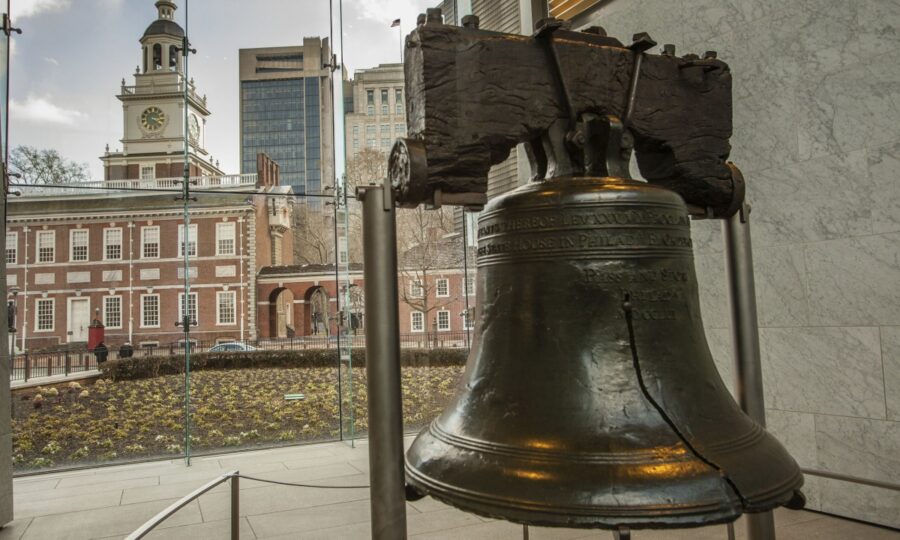
The Liberty Bell rings through history as a symbol of American freedom. Its famous crack has become an icon of independence.
Independence Hall witnessed the birth of two nations. The Declaration of Independence and U.S. Constitution were both debated and signed within its walls.
Betsy Ross created the first American flag in her Philadelphia home in 1776. Her small house still stands as a reminder of early American craftsmanship and patriotism.
Philadelphia served as the first capital of the United States from 1790 to 1800. The city hosted the Continental Congress and helped guide the new nation through its earliest days.
Cultural and Artistic Attractions
Both Boston and Philadelphia shine as cultural powerhouses, packed with world-class museums and vibrant performing arts scenes that reflect their rich histories and modern creative spirit.
Exploring the Museum Landscape

The Philadelphia Museum of Art stands as an iconic cultural landmark, famous for its vast collection of European and American masterpieces. The museum’s front steps gained worldwide recognition from the Rocky movies.
The Barnes Foundation houses one of the world’s finest collections of Impressionist and Post-Impressionist paintings, with works by Renoir, Cézanne, and Matisse.
Boston’s Museum of Fine Arts showcases an incredible array of art spanning ancient Egyptian artifacts to contemporary pieces. Its American art collection ranks among the best in the country.
The Isabella Stewart Gardner Museum offers a unique experience in Boston. This Venetian-style palace displays an intimate collection of masterpieces in a stunning courtyard setting.
Performing Arts and Music Venues

The Boston Symphony Orchestra performs at Symphony Hall, known for its near-perfect acoustics. Music lovers flock to this historic venue for classical performances year-round.
Philadelphia’s arts scene thrives in the Avenue of the Arts district. The Kimmel Center hosts the acclaimed Philadelphia Orchestra and various touring Broadway shows.
Boston’s Theater District features beautiful historic venues like the Colonial Theatre and the Orpheum. These spaces host Broadway tours and local productions throughout the year.
The Curtis Institute of Music in Philadelphia trains some of the world’s most talented young musicians. Their free student recitals offer amazing classical performances.
Educational Excellence and Campuses
Both cities stand as pillars of academic achievement in the United States, with renowned institutions that shape global education and research. Each city draws thousands of students yearly to their prestigious universities and vibrant campus environments.
Ivy League and Top-Tier Institutions
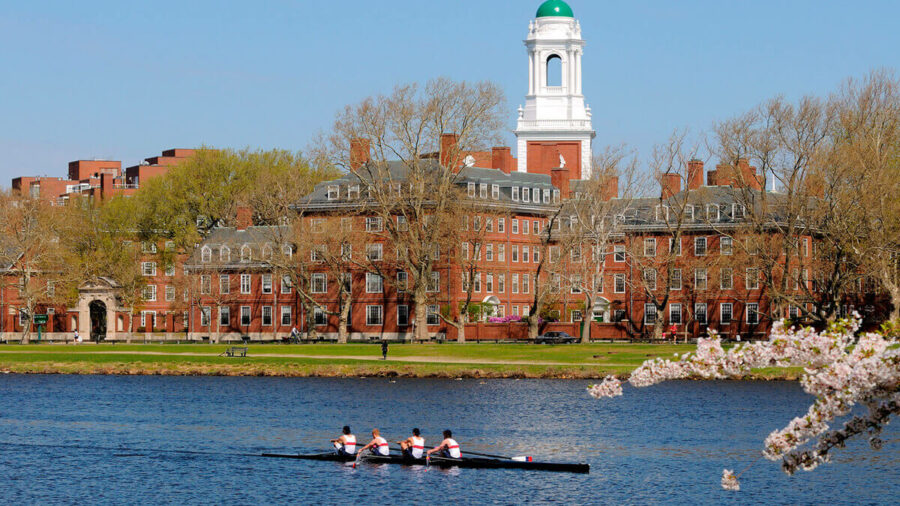
Boston’s academic landscape sparkles with Harvard University and MIT leading the way. These prestigious schools create an unmatched atmosphere of innovation and learning. Harvard’s historic campus in Cambridge welcomes visitors to explore its iconic red-brick buildings and the famous Harvard Yard.
The University of Pennsylvania represents Philadelphia’s Ivy League pride. Penn’s campus spans over 300 acres in West Philadelphia, blending historic architecture with modern research facilities. The school’s Wharton Business School ranks among the world’s best.
Campus Tours and Academic Opportunities
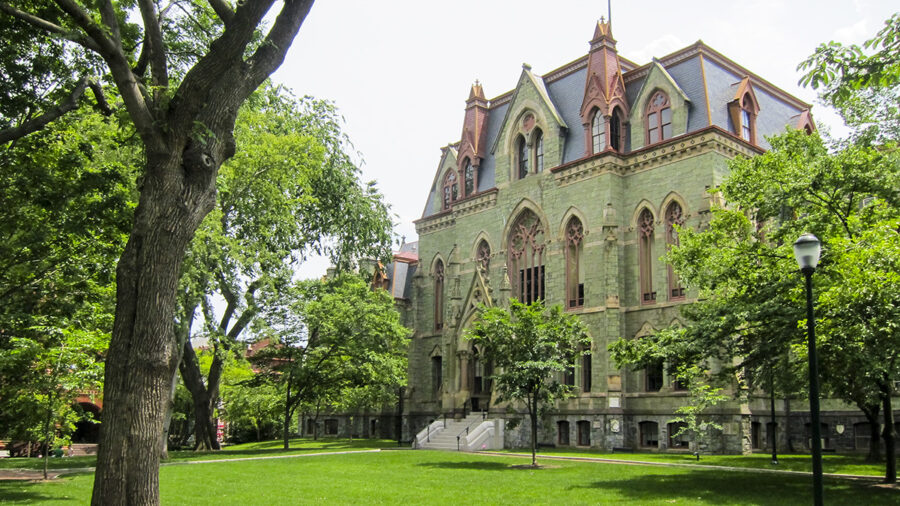
Boston’s universities welcome campus visitors year-round. MIT’s campus tours showcase cutting-edge research labs and the striking Ray and Maria Stata Center. The Freedom Trail connects many of Boston’s college campuses, making it easy to explore multiple schools in one day.
Philadelphia’s schools offer unique campus experiences too. Penn’s green spaces and walking paths invite visitors to explore. Many schools in both cities provide free walking tours led by current students.
Students benefit from networking across multiple campuses. Boston’s colleges work together on research projects. Philadelphia’s schools partner with local businesses to create internship programs.
The student-teacher ratios favor Boston, with smaller class sizes than Philadelphia. This means more personal attention from professors.
Culinary Experiences and Dining
Both cities shine with unique food cultures and iconic dishes that bring visitors back year after year. The dining scenes blend historic traditions with modern innovation to create unforgettable meals.
Boston’s Seafood and Signature Dishes
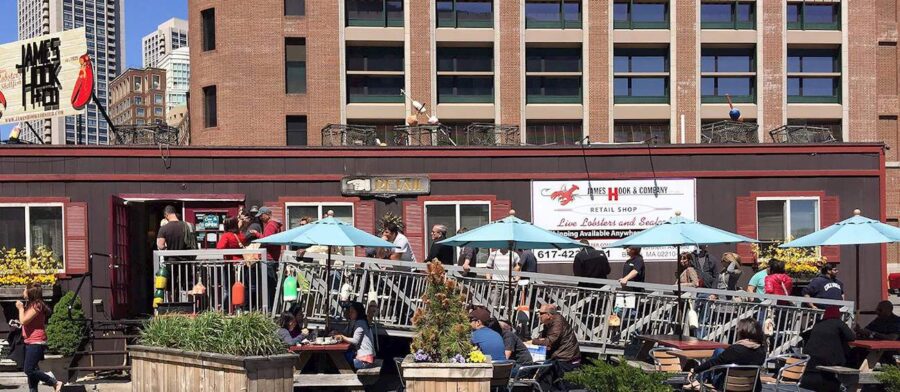
Fresh seafood rules Boston’s food scene. The city’s famous clam chowder appears on menus everywhere, from casual spots to fancy restaurants. The creamy, potato-filled soup warms locals and tourists alike on chilly New England days.
Lobster rolls deserve special attention. Many spots serve these buttery treats on grilled buns, packed with sweet meat from local waters. James Hook & Co. and Sullivan’s offer some of the tastiest versions in town.
The North End buzzes with Italian restaurants and cafes. The smell of fresh cannoli and espresso fills the narrow streets. Mike’s Pastry and Modern Pastry compete for the title of best cannoli in town.
Philadelphia’s Diverse Gastronomy
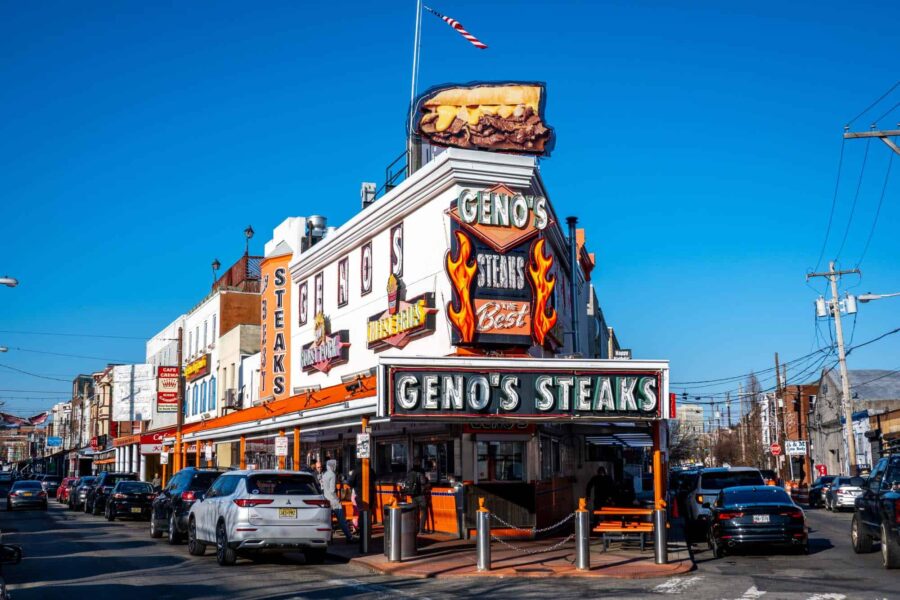
The cheesesteak reigns as Philly’s most famous food. Pat’s and Geno’s face off 24/7, serving these hot sandwiches loaded with thin-sliced beef and melty cheese. Local tip: Order “wit” for onions or “witout” to skip them.
Reading Terminal Market stands as a food lover’s paradise. This historic market houses over 80 vendors under one roof. Visitors can sample Pennsylvania Dutch treats, fresh produce, and local specialties like roast pork sandwiches.
South Philly’s Italian Market offers amazing flavors. The outdoor market stretches along 9th Street with vendors selling fresh pasta, spices, and cheese. Small family restaurants dot the area, serving authentic Italian dishes.
Food trucks add variety to Philly’s scene. These mobile kitchens serve everything from Korean tacos to gourmet grilled cheese. You’ll find them clustered around major squares and college campuses.
Lifestyle and Recreation
Boston and Philadelphia offer distinct outdoor spaces and family activities that shape daily life for residents and visitors. Both cities blend historic charm with modern amenities in their recreational offerings.
Parks and Green Spaces
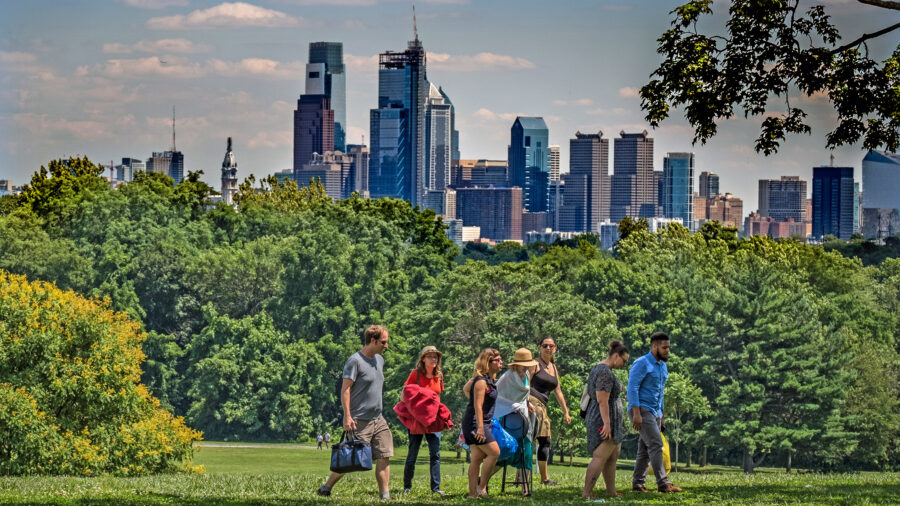
Boston Common and the Public Garden serve as the city’s green heart. The Common hosts ice skating in winter and free concerts in summer. The Public Garden features swan boats, beautiful flowers, and winding paths perfect for afternoon strolls.
Philadelphia’s Fairmount Park system spans over 2,000 acres and includes miles of trails for hiking, biking, and running. Rittenhouse Square buzzes with activity year-round, from farmers’ markets to outdoor festivals.
Both cities have access to beaches within an hour’s drive. Boston’s Revere Beach and Philadelphia’s nearby Jersey Shore provide summer escape options.
Family-Friendly and Leisure Activities
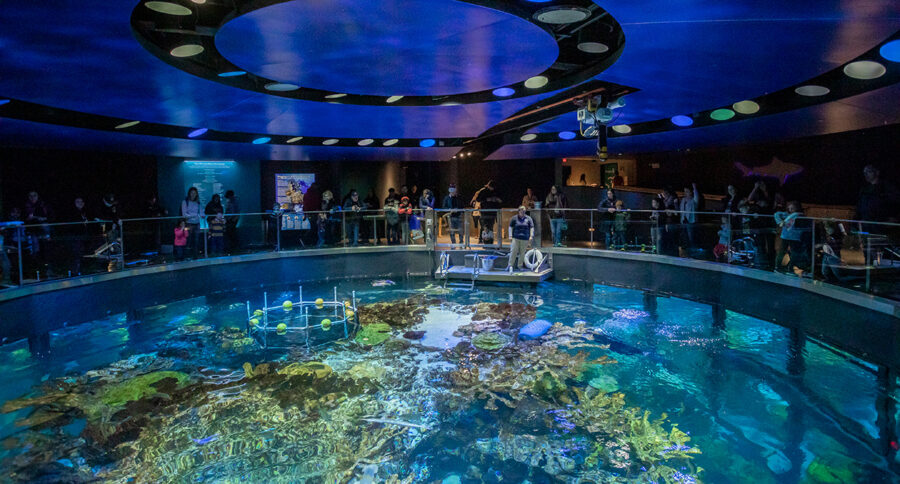
Philadelphia’s Please Touch Museum stands out as one of the best children’s museums in the country. Kids can explore interactive exhibits and ride a restored carousel from 1908.
Spruce Street Harbor Park transforms Philadelphia’s waterfront into a summer wonderland with hammocks, floating gardens, and food vendors. The trendy Fishtown neighborhood offers family-friendly breweries and ice cream shops.
Boston’s Museum of Science and New England Aquarium provide educational fun for all ages. The city’s Duck Tours combine sightseeing with splashy entertainment as amphibious vehicles cruise from streets to river.
Local sports culture plays a huge role in both cities’ recreation scenes. Families gather to watch the Red Sox at Fenway Park or the Phillies at Citizens Bank Park.
Transportation and Walkability
Both cities shine when it comes to getting around without a car. Each offers robust public transit systems and walkable neighborhoods that make daily life convenient for residents and tourists alike.
Public Transportation Networks
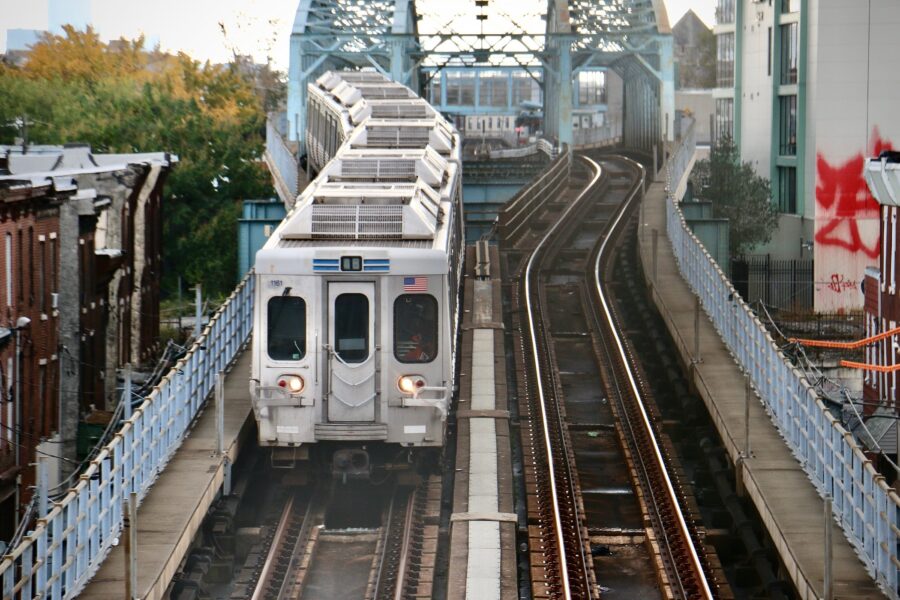
The MBTA runs Boston’s extensive network of subway lines, known as the T. The Green, Red, Blue, and Orange lines connect most neighborhoods to downtown. Buses fill gaps in subway coverage, while commuter rail trains serve suburbs.
Philadelphia’s SEPTA system uses a mix of subway, trolley, and bus routes. The Market-Frankford Line (blue) and Broad Street Line (orange) form the backbone of the network. Regional Rail trains link Center City to surrounding communities.
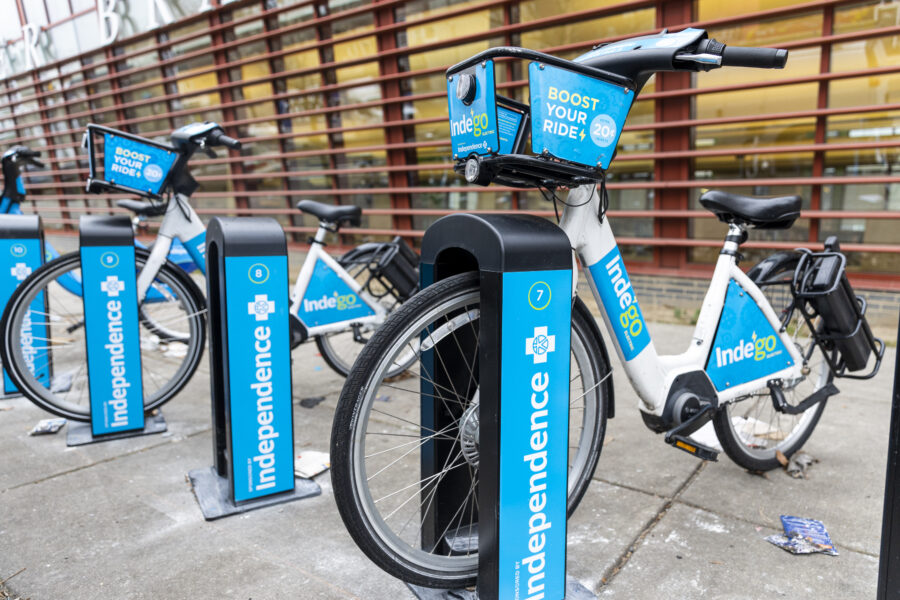
Walking is a breeze in both cities’ compact downtown areas. Boston’s Freedom Trail makes it easy to explore historic sites on foot. The Harbor Walk connects waterfront neighborhoods with scenic paths.
Philadelphia’s grid layout helps with orientation – numbered streets run north-south while named streets go east-west. The city’s flat terrain makes walking and biking comfortable in most areas.
Both cities offer bike share programs. Boston’s Blue Bikes and Philadelphia’s Indego let you grab wheels when needed. Protected bike lanes are expanding in both cities.
Street parking can be tough in busy areas. Many residents rely on public transit passes or walk to avoid dealing with cars.
The Nightlife and Entertainment Scene
Boston and Philadelphia both offer vibrant after-dark scenes that cater to different tastes. Each city puts its own unique spin on nightlife with distinctive venues and entertainment options that reflect their local character.
Bars and Clubs
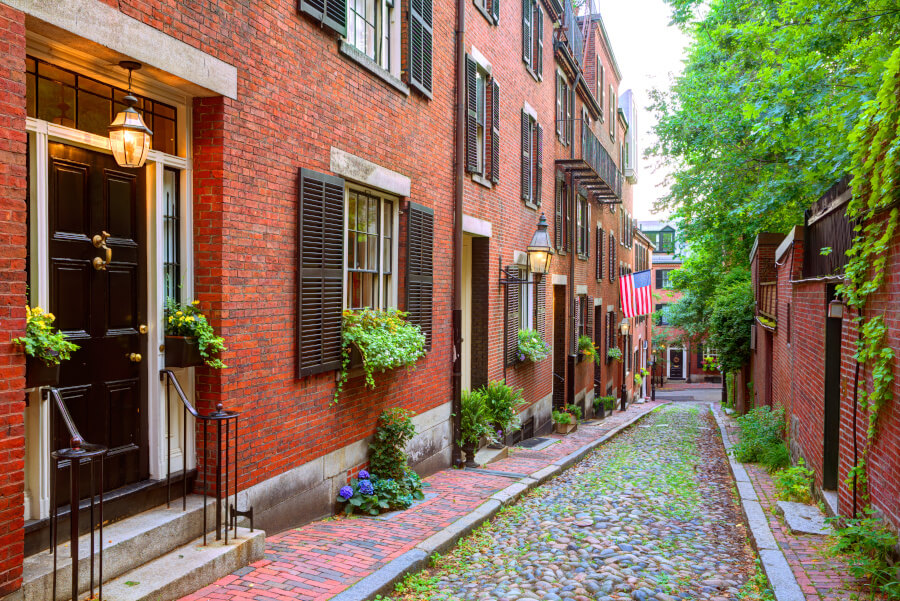
Philadelphia’s bar scene stays active until the early morning hours, with South Street and Old City hosting the most popular spots. The city’s craft beer culture thrives in neighborhoods like Northern Liberties, where beer gardens and brewpubs serve local specialties.
Boston’s pub scene centers around historic spots in Beacon Hill and Faneuil Hall. The city keeps things lively with Irish pubs, sports bars, and college hangouts around Cambridge and Allston. Most places close at 2 AM, a bit earlier than Philly.
Evening Attractions Urban Nightlife
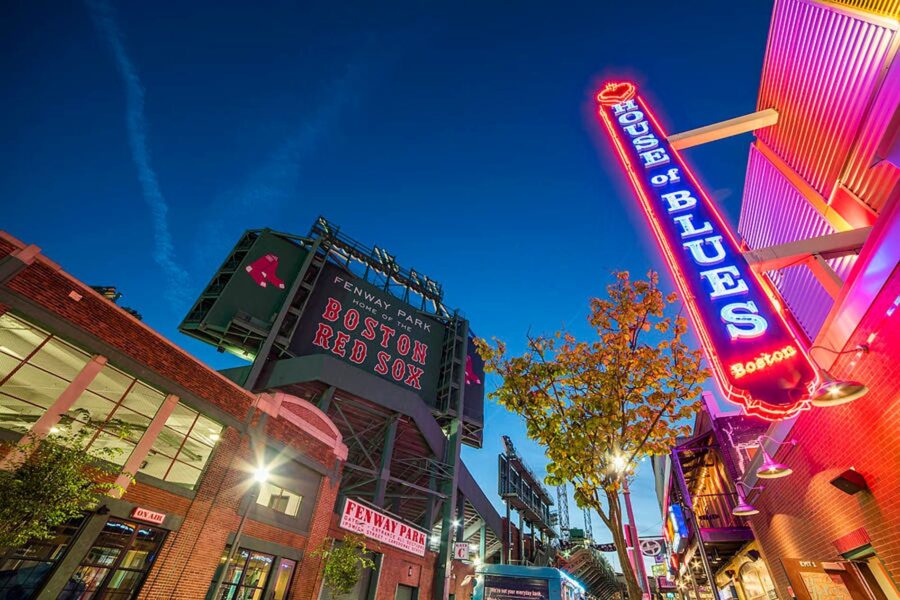
Live music fills both cities’ evenings. Philadelphia’s Union Transfer draws indie bands, while venues like The Fillmore host bigger acts. The city’s rooftop bars offer skyline views, especially popular during summer months.
Boston shines with its theater district, where shows run nightly at historic venues like the Wang Theatre. The House of Blues on Lansdowne Street brings in major touring acts.
Students pack the clubs around Fenway and Downtown Crossing in Boston. Meanwhile, Philadelphia’s Rittenhouse Square area attracts young professionals to its wine bars and cocktail lounges.
The cities’ distinct neighborhoods each bring something special to nighttime entertainment. East Passyunk in Philly buzzes with gastropubs, while Boston’s Back Bay features upscale lounges and jazz clubs.
Economic Factors and Job Market
Boston and Philadelphia show major differences in their economic landscapes, with Boston leading in income levels and job growth while Philadelphia maintains lower living costs.
Cost of Living and Affordability
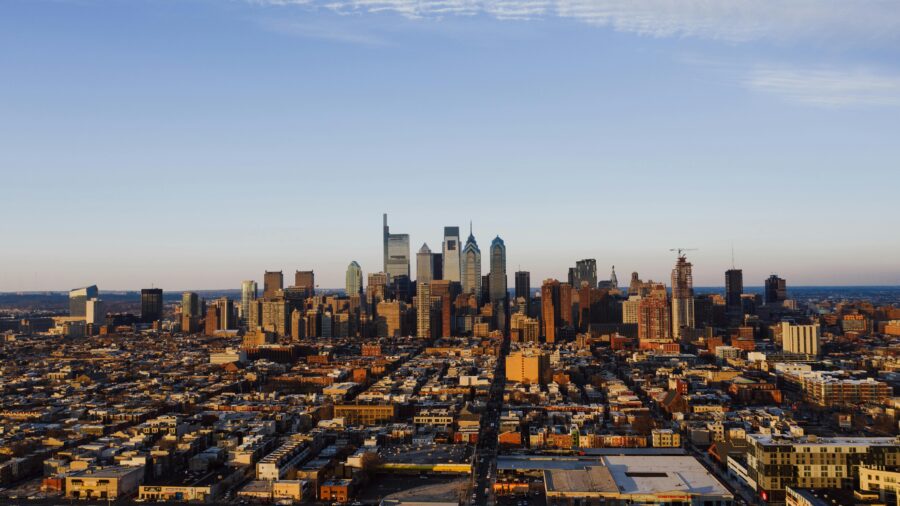
Residents find Philadelphia more budget-friendly. Housing costs are notably lower than in Boston, making it easier for first-time homebuyers to enter the market.
The city’s affordability extends to everyday expenses like groceries, transportation, and entertainment. This makes Philadelphia an attractive option for young professionals and families looking to stretch their dollars further.
Many neighborhoods in Philadelphia provide good value while staying close to job centers. The reasonable cost of living helps balance out the lower average wages compared to Boston.
Employment Opportunities and Average Salary
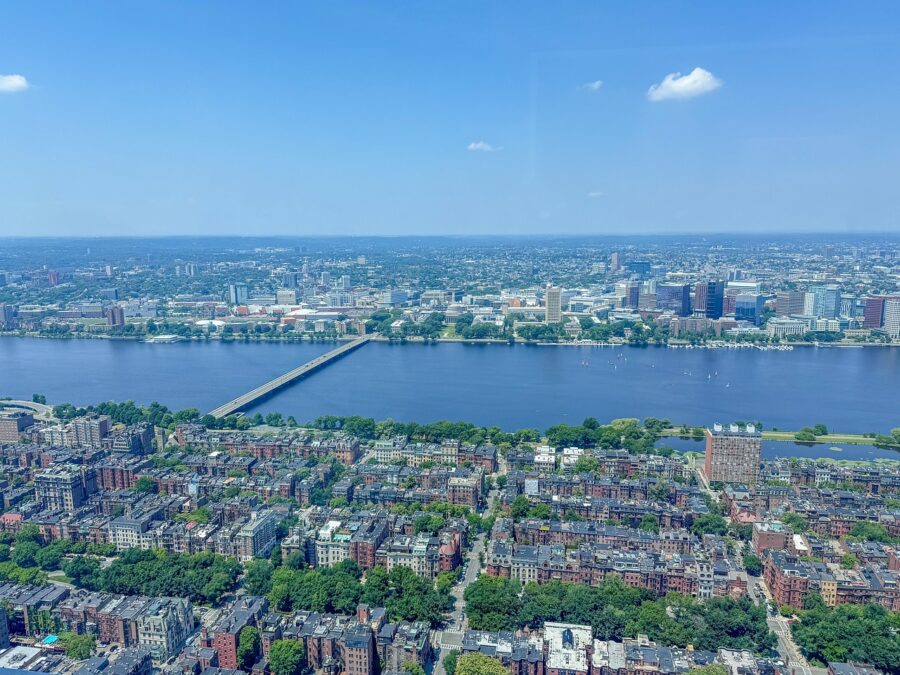
Boston’s job market is thriving with a 6.2% unemployment rate, much better than Philadelphia’s 10.6%. The city has seen an impressive 11.4% job growth over the past decade.
The median household income in Boston reaches $97,000, which is 55% higher than Philadelphia. Boston workers earn an average of $38.85 per hour.
Boston’s strong economy is powered by healthcare, education, and technology sectors. Massachusetts General Hospital and numerous tech companies create high-paying positions.
Philadelphia’s job growth has been slower at 3.2% over ten years. While the city has fewer high-paying tech jobs, it maintains steady employment in healthcare, education, and government sectors.
Architectural and Urban Characteristics
Both Boston and Philadelphia showcase distinct architectural styles that blend colonial-era charm with modern urban development. The cities feature unique neighborhood layouts and building designs that reflect their rich histories as major American metropoles.
Historic Neighborhoods and Architecture
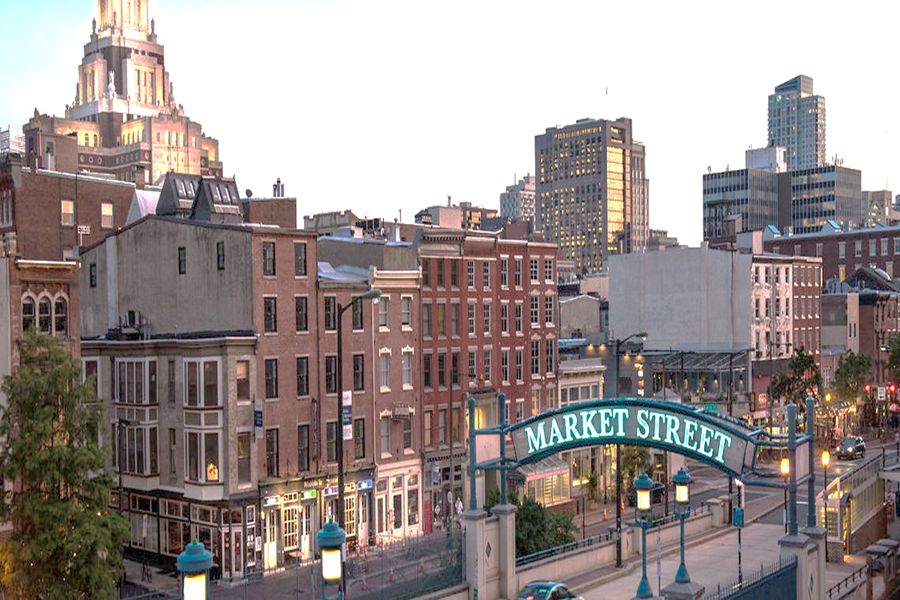
Boston’s Beacon Hill stands out with its brick row houses and gas-lit streets. The neighborhood’s narrow cobblestone paths and classic Federal-style homes create a charming 19th-century atmosphere.
The North End features some of Boston’s oldest buildings, including the iconic Paul Revere House. Its tight streets and Italian influences make it feel like a European village.
Back Bay dazzles with its Victorian brownstones and tree-lined Commonwealth Avenue. The area represents one of America’s best-preserved examples of 19th-century urban planning.
Philadelphia’s Old City district showcases Georgian and Federal architecture. The area around Independence Hall includes some of America’s earliest government buildings.
Rittenhouse Square defines elegant city living with its mix of Victorian mansions and pre-war apartments. The square itself serves as a model for urban park design.
Modern Urban Development
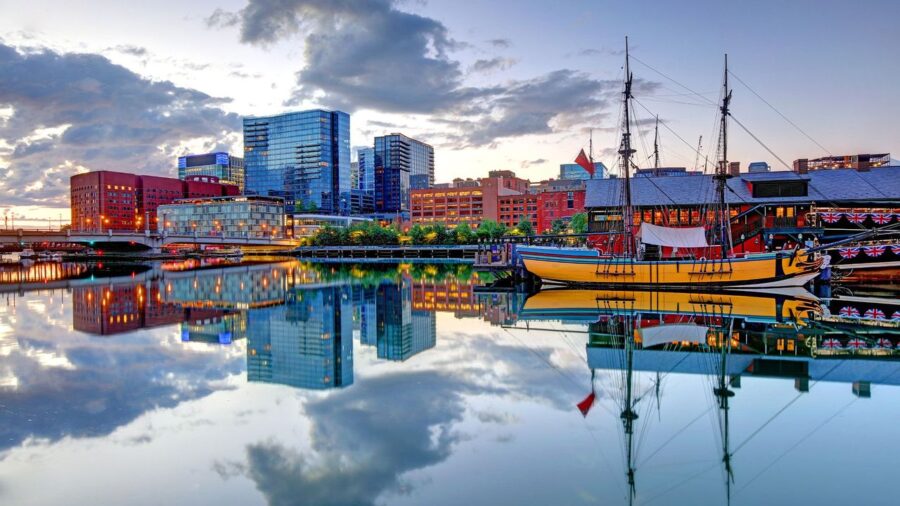
Boston’s Seaport District has transformed from industrial wasteland into a sleek waterfront neighborhood. Glass towers and innovation centers now dot the landscape.
Faneuil Hall Marketplace blends historic architecture with modern retail spaces. The area shows how cities can adapt colonial-era buildings for contemporary use.
Philadelphia’s Center City features a mix of glass skyscrapers and historic buildings. Modern towers rise alongside preserved 19th-century structures.
The Navy Yard in Philadelphia represents successful industrial conversion. Old shipyards now house tech companies and creative spaces in renovated historic buildings.
Frequently Asked Questions
Boston and Philadelphia stand out as iconic East Coast cities with distinct personalities, costs, and cultural offerings that shape daily life for residents and visitors alike.
What are the key differences in cost of living between Boston and Philadelphia?
Living in Philadelphia costs much less than Boston. Housing prices in Boston run about 34% higher than in Philadelphia.
A one-bedroom apartment in central Philadelphia averages $1,800 per month, while similar units in Boston often exceed $2,500.
Basic expenses like groceries, transportation, and dining also cost less in Philadelphia, making it easier to live comfortably on a modest salary.
Which city boasts a richer historical experience for visitors, Boston or Philadelphia?
Both cities played vital roles in America’s founding. Philadelphia houses Independence Hall and the Liberty Bell, essential symbols of American democracy.
Boston’s Freedom Trail takes visitors past 16 historical sites including Paul Revere’s House and the USS Constitution.
You’ll find fascinating Revolutionary War sites spread throughout both cities’ downtown areas.
How does the sports rivalry between Boston and Philadelphia impact the local cultures?
The Celtics-76ers and Bruins-Flyers matchups rank among the most intense rivalries in pro sports. Fans pack bars and venues when these teams meet.
Local businesses often run special promotions during rivalry games. You’ll see team flags and jerseys everywhere during playoff matchups.
Philadelphia’s art scene centers around the Benjamin Franklin Parkway museum district. The city embraces its food culture, from cheesesteaks to fine dining.
Boston’s cultural life revolves around its many universities. The Museum of Fine Arts and Institute of Contemporary Art anchor the art scene.
Each neighborhood in both cities has its own distinct vibe and nightlife options.
In terms of city size and population density, how do Boston and Philadelphia differ?
Philadelphia covers 142 square miles with about 1.6 million residents. The city spreads out more, with distinct neighborhood clusters.
Boston packs its 90 square miles more tightly. The smaller geographic footprint makes Boston feel more crowded in central areas.
What should travelers expect when attending a Boston vs Philadelphia sports event?
Expect passionate crowds and lots of team gear at any rivalry game. Plan to arrive early since parking fills up fast near both cities’ sports venues.
The atmosphere gets electric, especially during playoff matchups. Smart fans wear neutral colors if they’re not supporting either team.
Local sports bars fill up hours before game time. Book spots in advance if you want to watch at popular venues.
